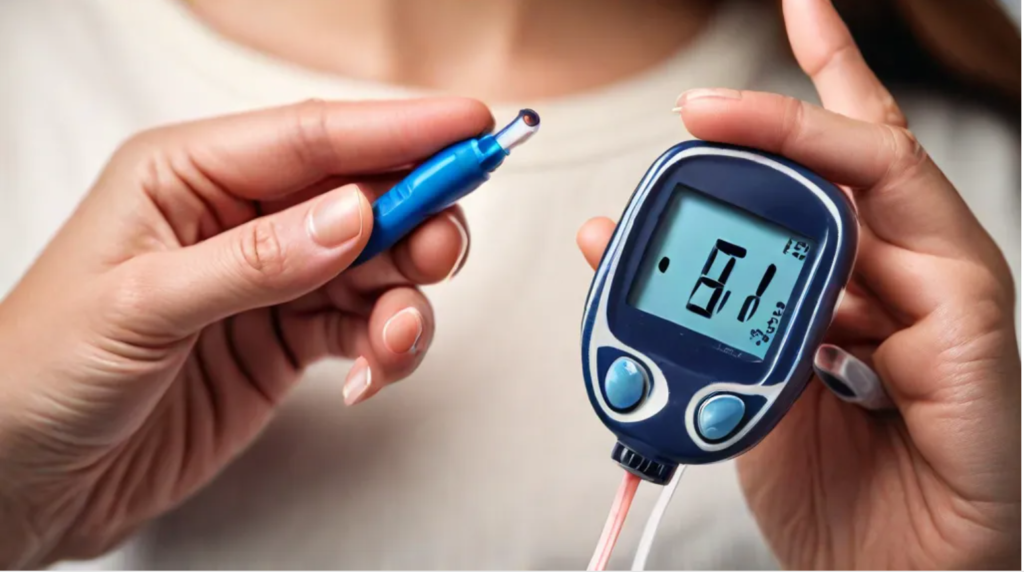Diabetes, a chronic condition that affects millions globally, disrupts the delicate balance of blood sugar levels. This seemingly simple disruption can have profound consequences, impacting various organs and systems within the body. Understanding the different types of diabetes, their associated symptoms, and the multifaceted approaches to treatment is paramount for effective management and a healthier life.
Type 1 Diabetes: A Complex Autoimmune Assault
Type 1 diabetes, often diagnosed in childhood or adolescence, unfolds as a tragicomic tale of the body’s own immune system turning against itself. The pancreas, the diligent organ responsible for producing insulin, finds itself under attack. The immune system, mistakenly identifying the insulin-producing cells as foreign invaders, launches a relentless assault, decimating these vital cells.
Deprived of insulin, the key that unlocks the door for glucose to enter cells for energy, glucose accumulates in the bloodstream, creating a metabolic chaos. This unchecked glucose surge can wreak havoc throughout the body.
A Symphony of Symptoms:
- Polyuria: The incessant urge to urinate, as the kidneys desperately attempt to flush out excess glucose.
- Polydipsia: An insatiable thirst, a direct consequence of the body’s frantic efforts to replenish fluids lost through excessive urination.
- Polyphagia: Unexplained weight loss despite increased appetite, as the body, starved for energy despite the abundance of glucose in the bloodstream, resorts to burning fat and muscle for fuel.
- Fatigue: A constant battle against overwhelming tiredness, as the body struggles to function amidst the metabolic turmoil.
- Blurred vision: Fluctuations in blood sugar levels can disrupt the delicate balance of fluids in the eye, leading to temporary vision impairment.
The Arsenal of Treatment:
- Insulin Therapy: The Indispensable Ally: Daily insulin injections, delivered either through traditional syringes or sophisticated insulin pumps, become an indispensable lifeline for individuals with type 1 diabetes. These meticulously timed injections provide the body with the crucial insulin it lacks, enabling glucose to enter cells and fuel the body’s energy needs.
- Dietary Dexterity: Navigating the Carbohydrate Maze: A well-orchestrated dietary plan, rich in fruits, vegetables, and whole grains, while carefully monitoring carbohydrate intake, is essential. This delicate dance with carbohydrates ensures a steady supply of energy while preventing blood sugar spikes.
- The Power of Physical Activity: Fueling Fitness: Regular exercise, be it a brisk walk, a vigorous swim, or a challenging workout session, plays a pivotal role. Physical activity not only improves insulin sensitivity, making cells more receptive to insulin’s message, but also enhances overall cardiovascular health and well-being.
Type 2 Diabetes: A Lifestyle-Driven Challenge
Type 2 diabetes, the most prevalent form of the disease, emerges as a complex interplay of genetic predisposition and lifestyle factors. It often creeps in insidiously, initially manifesting as insulin resistance, where the body’s cells become increasingly unresponsive to the signals of insulin. As the condition progresses, the pancreas may gradually lose its ability to produce sufficient insulin to compensate for this resistance.
A Subtler Symphony of Symptoms:
- Increased thirst: A persistent thirst, often accompanied by frequent urination, as the body attempts to rid itself of excess glucose.
- Unexplained fatigue: A lingering sense of tiredness, even after adequate rest, as the body struggles to extract energy from glucose.
- Slow-healing sores: Impaired blood circulation, a common consequence of diabetes, can delay wound healing, increasing the risk of infection.
- Blurred vision: Fluctuations in blood sugar levels can disrupt the delicate balance of fluids in the eye, leading to temporary vision impairment.
The Multifaceted Approach to Management:
- Lifestyle Transformation: The Cornerstone of Control: A comprehensive lifestyle overhaul, emphasizing weight loss through a balanced diet and regular exercise, often forms the cornerstone of type 2 diabetes management.
- The Role of Medication: A Supporting Cast: When lifestyle modifications alone prove insufficient, a range of medications may be introduced. These medications work through various mechanisms, including enhancing insulin sensitivity, stimulating insulin production, or directly lowering blood sugar levels.
The Indispensable Role of Fitness
Physical activity emerges as a powerful ally in the battle against diabetes, regardless of the type. Regular exercise offers a multitude of benefits:
- Enhanced Insulin Sensitivity: Exercise acts as a potent insulin sensitizer, making cells more responsive to insulin’s message, allowing glucose to enter cells more effectively.
- Muscle Mass Magnifies Glucose Utilization: Increased muscle mass translates to an enhanced capacity to utilize glucose for energy, contributing to improved blood sugar control.
- A Shield Against Complications: Regular physical activity not only helps manage blood sugar levels but also reduces the risk of heart disease, stroke, and other diabetes-related complications.
Incorporating Fitness into Daily Life: A Kaleidoscope of Choices:
- The Ubiquitous Walk: A brisk walk, even for a short duration, can offer significant health benefits.
- The Allure of Cycling: Cycling, whether for commuting or leisure, provides an excellent cardiovascular workout.
- The Refreshing Dive: Swimming: Swimming offers a low-impact, full-body workout, ideal for individuals with joint concerns.
- The Strength of Resistance Training: Incorporating strength training exercises, such as weightlifting or resistance band exercises, can help build muscle mass and improve insulin sensitivity.
Conclusion of diabetes
Diabetes, while a formidable challenge, is not an insurmountable obstacle. By embracing a comprehensive approach that encompasses a healthy diet, regular exercise, and appropriate medication, individuals with diabetes can navigate the complexities of the condition and lead fulfilling, active lives.
Frequently Asked Questions
Q: Can diabetes be reversed?
A: While there is no cure for diabetes, lifestyle modifications, particularly in the early stages of type 2 diabetes, can sometimes lead to a state of remission, where blood sugar levels return to normal without the need for medication.
Q: What are the potential long-term consequences of uncontrolled diabetes?
A: Uncontrolled diabetes can have far-reaching consequences, including heart disease, stroke, kidney disease, nerve damage (neuropathy), eye problems (retinopathy), and even amputations.
Q: Can type 2 diabetes be prevented?
A: While genetic predisposition plays a role, type 2 diabetes can often be prevented or delayed through lifestyle modifications, including maintaining a healthy weight,1 engaging in regular physical activity, and consuming a balanced diet rich in fruits, vegetables, and whole grains.2
Disclaimer: This information is provided for general knowledge and informational purposes only and does not constitute medical advice. Consult with a healthcare professional for personalized3 guidance and treatment.








